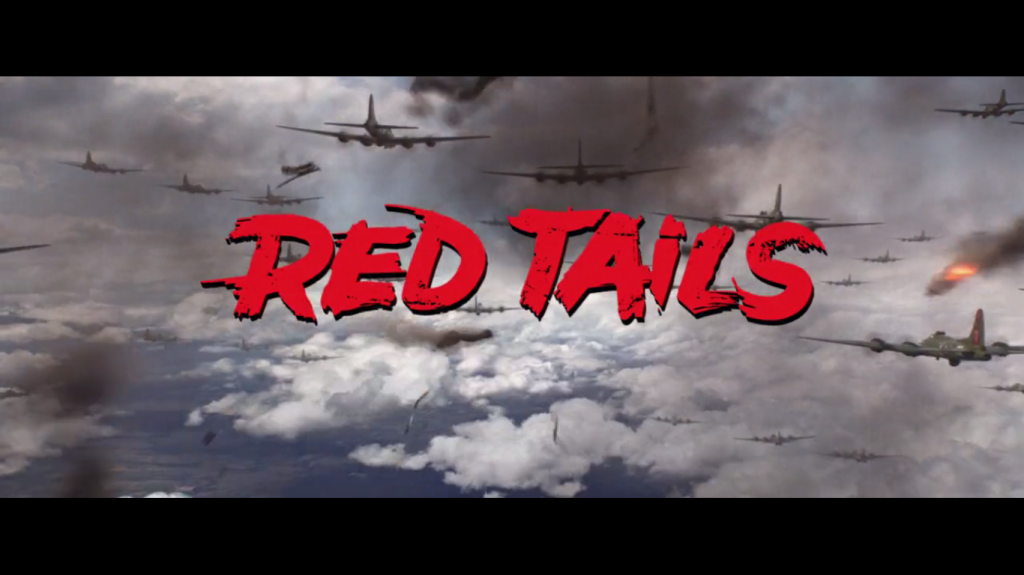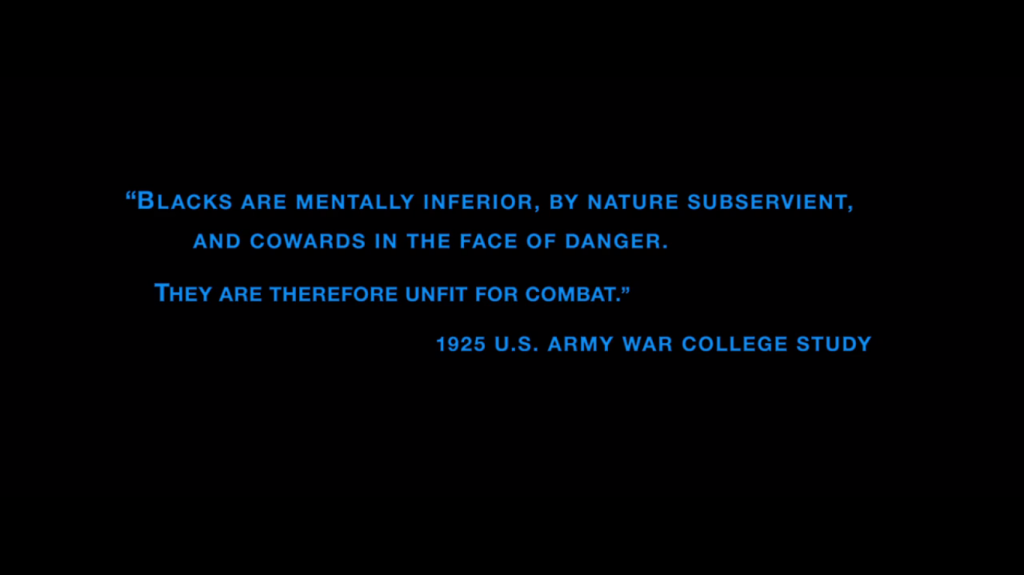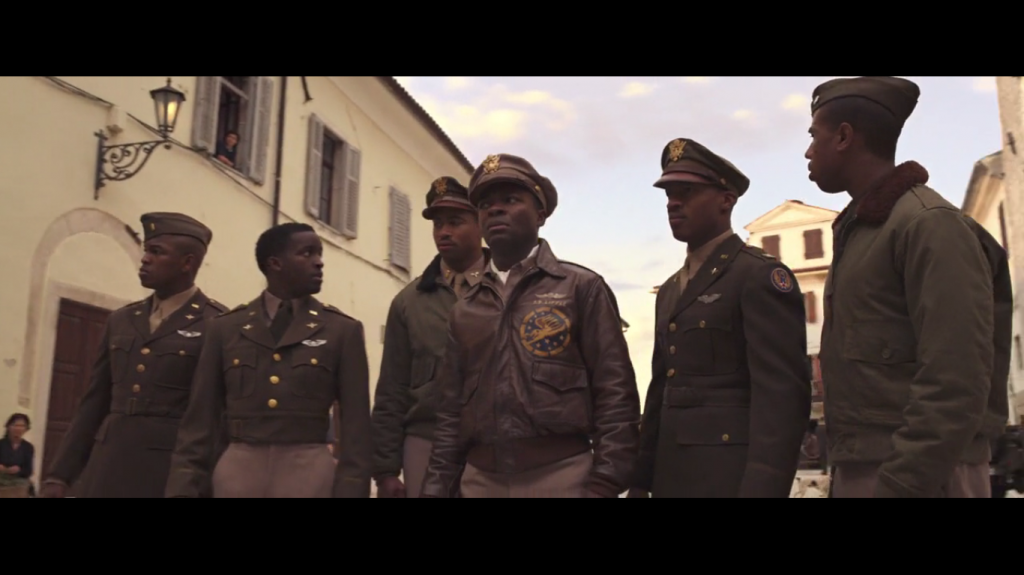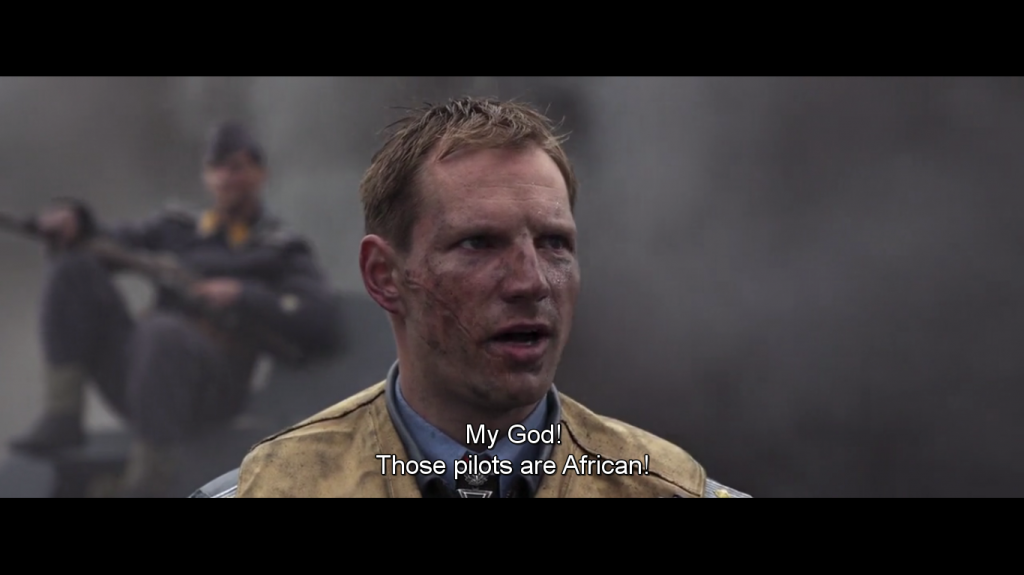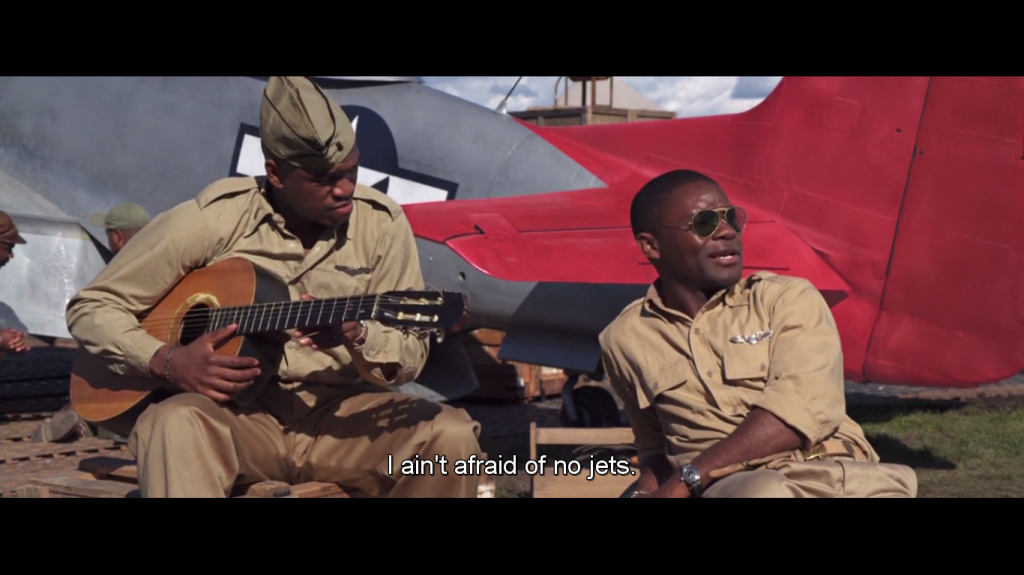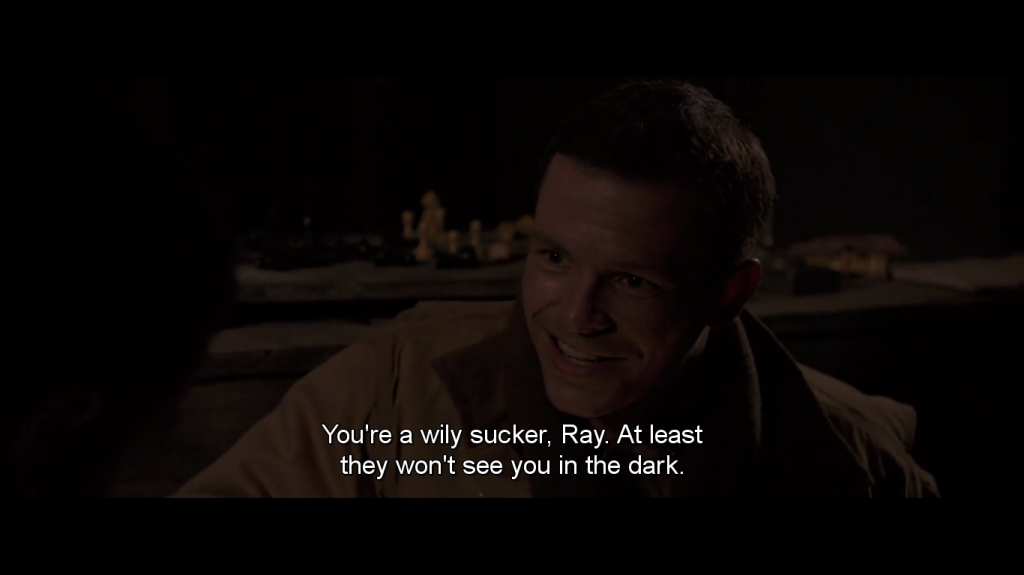Diversity and representation have long been a serious issue in the film industry, and 12 Years A Slave winning some Oscars hasn’t exactly changed that. Outside of that prestigious anomaly, people rarely imagine black film to be much more than gangster movies, cookout comedies, and Tyler Perry. Our very own Dominic Griffin will prove otherwise, shedding a light on unsung, underrated, forgotten and new films that show the breadth and versatility of the black voice in film. Named after one of Billy Dee Williams’ affectionate nicknames, this is Dark Gable Presents…
George Lucas had been trying to produce a film about the Tuskegee Airmen since the late Eighties, but a variety of stumbling blocks obscured his path. Trying to make a film with an all black cast with any kind of real budget is always going to be a difficult task, even for a man who created Star Wars. When he finally got the iteration we all know on screen, from television director Anthony Hemingway and writer John Ridley, he paid for the production’s budget out of pocket, as well as fronting $35 million for distribution. Studios didn’t even want to take the film off of his hands to release it after he’d already spared them the cost of actually producing a big action movie. That’s how deep the bias goes against films prominently featuring brown faces.
In retrospect, it’s easy to dismiss anything Lucas-related after the mess of the Star Wars prequels, but Red Tails represents a unique instance in motion picture history. Here you have a white filmmaker using his considerable resources to bring a black story to the big screen, even stepping aside to let black creators be the voice that realizes that vision. It’s well known that Lucas himself did reshoots on the movie when Hemingway was too busy directing episodes of Treme to return, but even then he brought in Boondocks creator Aaron MacGruder to help with rewrites (a man who has heavily criticized Lucas his entire career), presumably to ensure his own clunky approach to dialogue wouldn’t whitewash the film’s black identity.
The finished product, unfortunately, is a different story. Red Tails is an extremely Lucas influenced endeavor.
Initially conceived as a David Lean-esque epic spanning three hours and stretching from WWII all the way to the Civil Rights Movement, the final film is considerably more streamlined, focusing mostly on dazzling CGI dogfights and a few, smaller character arcs. Set in 1944 while the Tuskegee Airmen are relegated to smaller missions over Italy, the film documents their arc from being glorified extras to “proving their worth” in a series of exciting sequences as the best air support in Europe.
The movie has a big cast, but it’s primarily focused on the fractious friendship between Captain Martin “Easy” Julian (Nate Parker) and 1st Lt. Joe “Lightning” Little (David Oyelowo). Easy’s approach to leadership will be familiar to anyone who’s ever read an X-Men comic, as he’s basically a more charming version of Scott Summers, only instead of battling his own insecurity with an obsessive adoration for squad formations, he drinks. A lot. Easy’s alcoholism is portrayed subtly (no Denzel in Flight histrionics), but effectively. His best friend Lightning is every peacocking Lancer you’ve seen outlined on TV Tropes. He’s the best pilot. He cracks wise. He’s good with the ladies. Every moment Easy and Lightning share on screen brings this movie one step closer to being a black version of G-Force.
Cuba Gooding Jr. is admirable here as Major Emanuel Stance, and Terrence Howard is reliably intense as Colonel AJ Bullard, the two men who run the whole crew. Howard is largely relegated to arguing with the white big wigs for his men while Gooding Jr. gets to chomp cigars and motivate the guys, even though both men get top billing on the poster. What’s striking about the cast is how many of the then-lesser names have blown up in the past couple of years. As diversity in Hollywood becomes a louder argument, guys like Parker, Oyelowo and Michael B. Jordan (who has a small role here) have moved to the forefront.
There’s not a whole lot of plot to speak of, because the narrative follows a pretty pedestrian rhythm. We spend brief, micro moments with the men to give us slivers of characterization, relying more on the performers’ collective charisma than any deft writing for them to be realized in full dimensions. There’s a lot of balletic air combat for enthusiasts of WWII planes and shit, but so much of it is slick and computer generated that the nostalgic thrills are a little hard to come by. The film doesn’t shy away from the discrimination the men encounter, but tonally, it feels less like they’re fighting for their own humanity and more like every movie where the nerd kids have to beat the rich kids at the camp across the lake.
To say the film is sanitized is a little unfair, but there’s something distinctly vanilla and pulpy about the proceedings that seems at odds with the historical subject matter. Things are straightforward, simply staged and split very evenly between black and white, good and evil. There’s very little focused on the systemic racism happening back home, much less the overt racism of the Nazis our men are fighting. When it comes to cinematic depictions of discrimination, you expect a certain measure of weight and gravitas, but Red Tails, like most Lucasfilm productions, has more in common with comic books and adventure serials than any gritty war stories. While that may seem like obvious criticism, the one major question that stuck with me throughout the film was, what’s so wrong with that?
So much of black film has to be centrally focused on strife and struggle, but Red Tails is the kind of basic, heartwarming adventure stories white people get to experience year round. Me personally? I’d much prefer a better movie. One with a little more nuance and some hint at complexity. On the other hand, it’s hard not to get excited during key scenes. When Michael B. Jordan’s character First Officer Maurice “Bumps” Wilson first arrives on base, he’s playfully ribbed by the rest of the pilots. It’s a short scene, but the performers are having so much fun showing the camaraderie and brotherhood of this unit, and it’s so refreshing. There’s a lot of tired, repetitive war movie tropes at play here, but getting to see them play out with black actors, each of whom would usually be the only black dude in the entire film, has a real power to it.
This is especially true of Parker and Oyelowo, who both are doing amazing work with what little the script gives them. We’ve gotten pretty used to Oyelowo being typecast in a certain staid kind of role, but he totally cuts loose as Lightning, just beaming with vitality and charm in every minute of screen time. Easy and Lightning’s brotherly friction is so lovingly depicted thanks to the actors’ palpable chemistry. Both men are struggling with the effects of a war we don’t really see, injecting real world pathos into an otherwise storybook presentation of battle.
All of the moments that do ring true do so very quietly. When Ray Gun (Tristan Wilds) gets captured as a POW, he’s immediately put with a crew of soldiers planning to escape. Their willingness to trust him comes from the fact that, being black, he’s the one guy they know can’t possibly be a German spy.
When Lightning and the gang finally get invited into the “white Officers club” to have drinks, they’re treated with the absolute barest minimum of respect, and it’s only because they’ve exhibited exemplary prowess as pilots. The film doesn’t beat you over the head with the notion that black people have to be the best at something to even get a seat at the table, but it’s there. And while I give the film many a pass for the specific kind of representation on display, it would have been wonderful for literally ANY women of color to be in the movie. The only black woman you see the entire time is painted on a plane. Beyond that, Lightning gets an on screen romance with a pretty Italian girl, but here, that representation stops reliably short of giving even one role to the most marginalized performers in the industry.
In the micro, Red Tails isn’t the greatest movie of its kind, nor would I go out of my way to recommend it to anyone with a discerning sense of taste, but it’s a fun exercise and represents a model I’d love to see tried out more often. Yes, George Lucas regrettably gave the world Jar Jar Binks, the most expensive piece of minstrel art in history, but he also went out of his way to try to give life to an aspirational joyride rooted in the history of our people. The execution leaves a lot to be desired, but the intent is admirable.
If you have any films you would like to see covered in this column, hit us up on Twitter @DeadshirtDotNet and we’ll get them in front of Dom.

